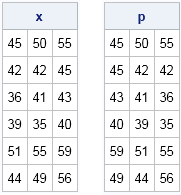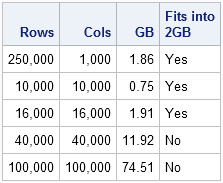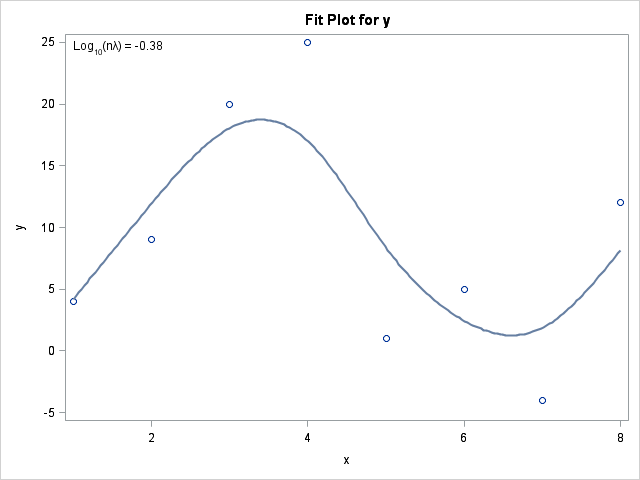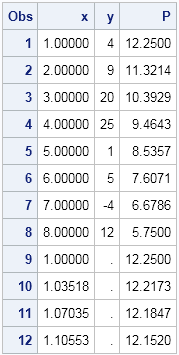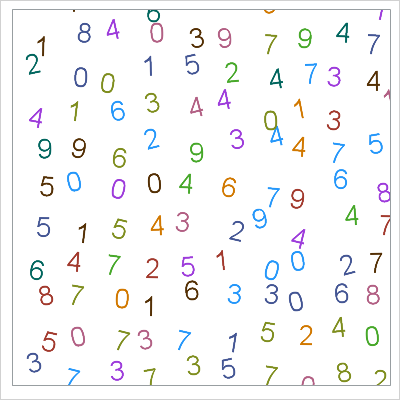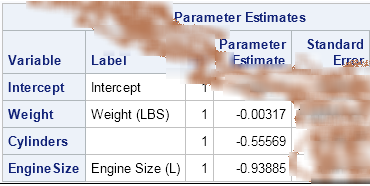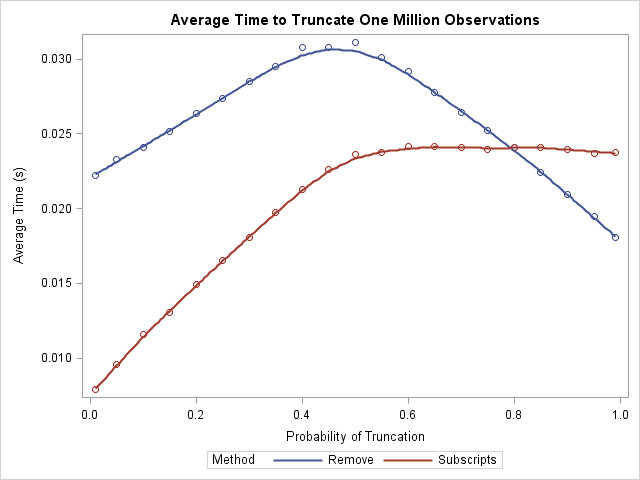
The other day I was creating some histograms inside a loop in PROC IML. It was difficult for me to determine which histogram was associated with which value of the looping variable. "No problem," I said. "I'll just use a TITLE statement inside the loop so that each histogram has





